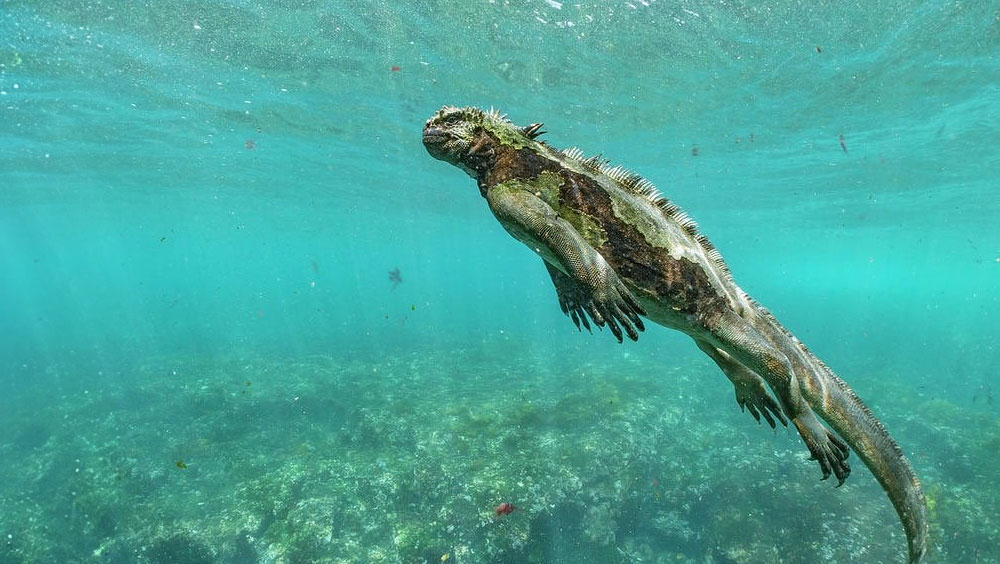Iguanas are fascinating reptiles known for their unique appearance and behaviors. One question that often arises among reptile enthusiasts is: Do iguanas swim? While these creatures are primarily land-dwelling, many species are surprisingly adept in aquatic environments. In this article, we’ll explore whether iguanas can swim, how they do it, and what makes them such versatile animals in the wild.
Understanding Iguanas and Their Natural Habitat

Iguanas are native to Central and South America, the Caribbean, and parts of Mexico. They thrive in a variety of environments including forests, deserts, and coastal areas. The green iguana, one of the most common pet species, often lives near water sources such as rivers and lakes. Their habitat plays a major role in their ability to swim and adapt to aquatic surroundings.
Do Iguanas Swim in the Wild?
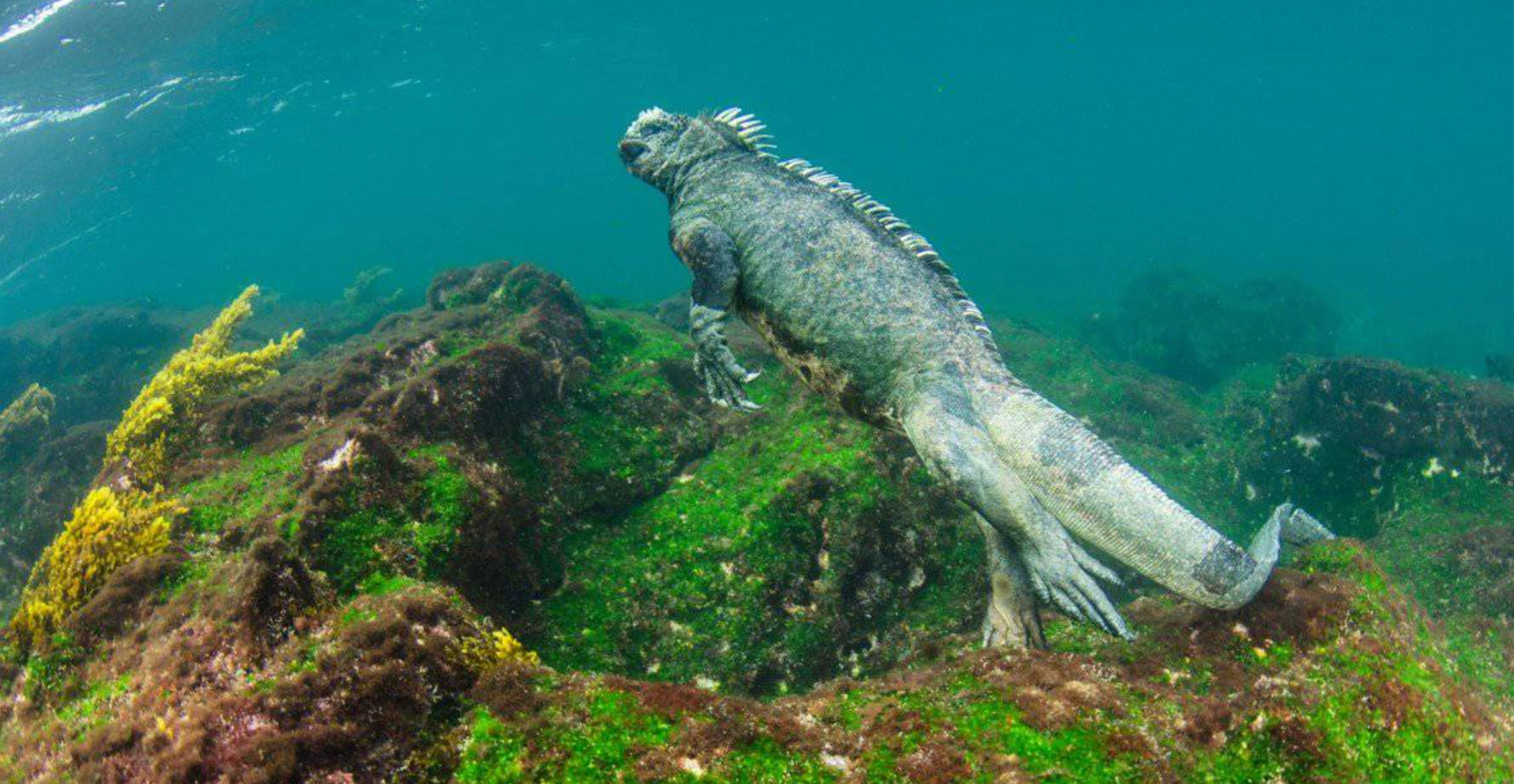
Yes, iguanas do swim in the wild. Species like the green iguana are known to enter and cross bodies of water when necessary. They use swimming as a method of escape from predators or to travel to new feeding grounds. Iguanas can dive, hold their breath for extended periods, and use a powerful tail to propel themselves through water efficiently.
How Iguanas Are Built for Swimming
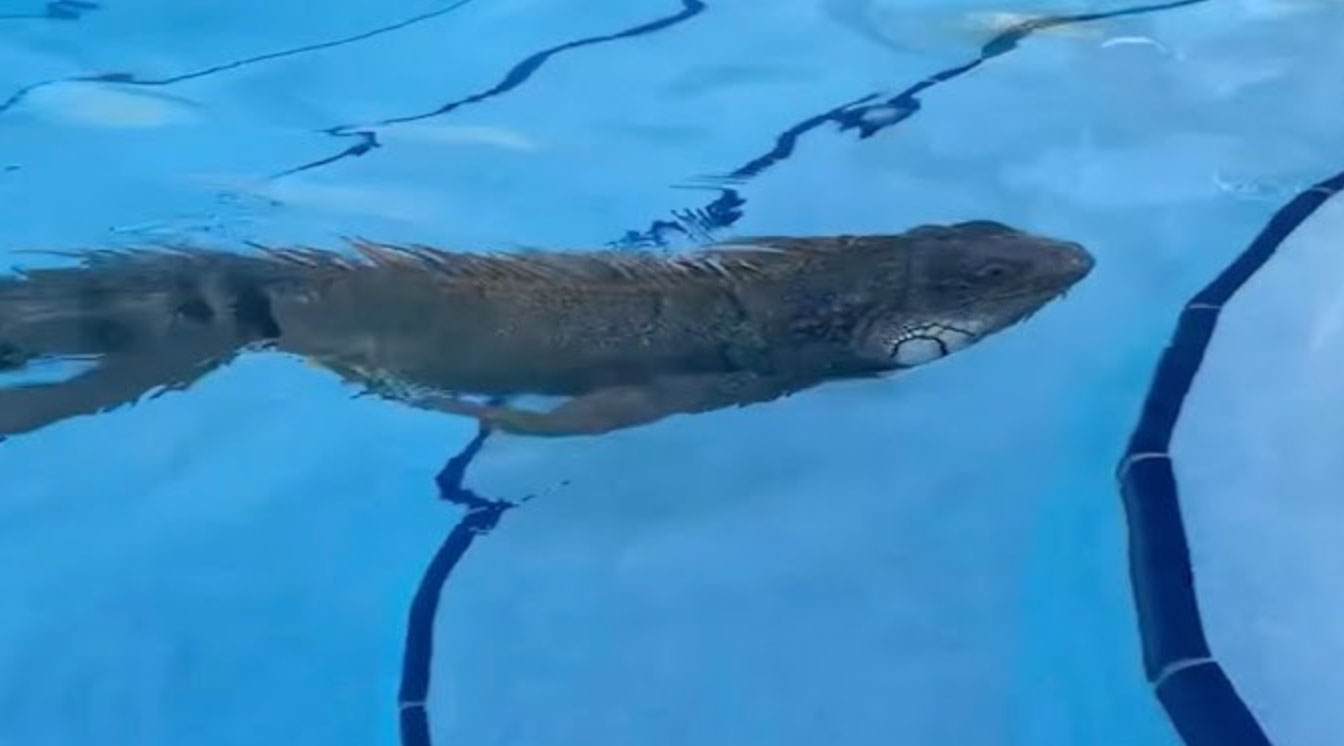
Iguanas use their strong tails to move through water much like a fish. Their limbs are adapted to paddling, and their streamlined bodies help reduce drag. When asking 'Do iguanas swim?', it's crucial to understand that their anatomy naturally supports swimming. Their lungs are capable of holding large amounts of air, enabling them to stay submerged for several minutes.
The Marine Iguana: A Swimming Specialist
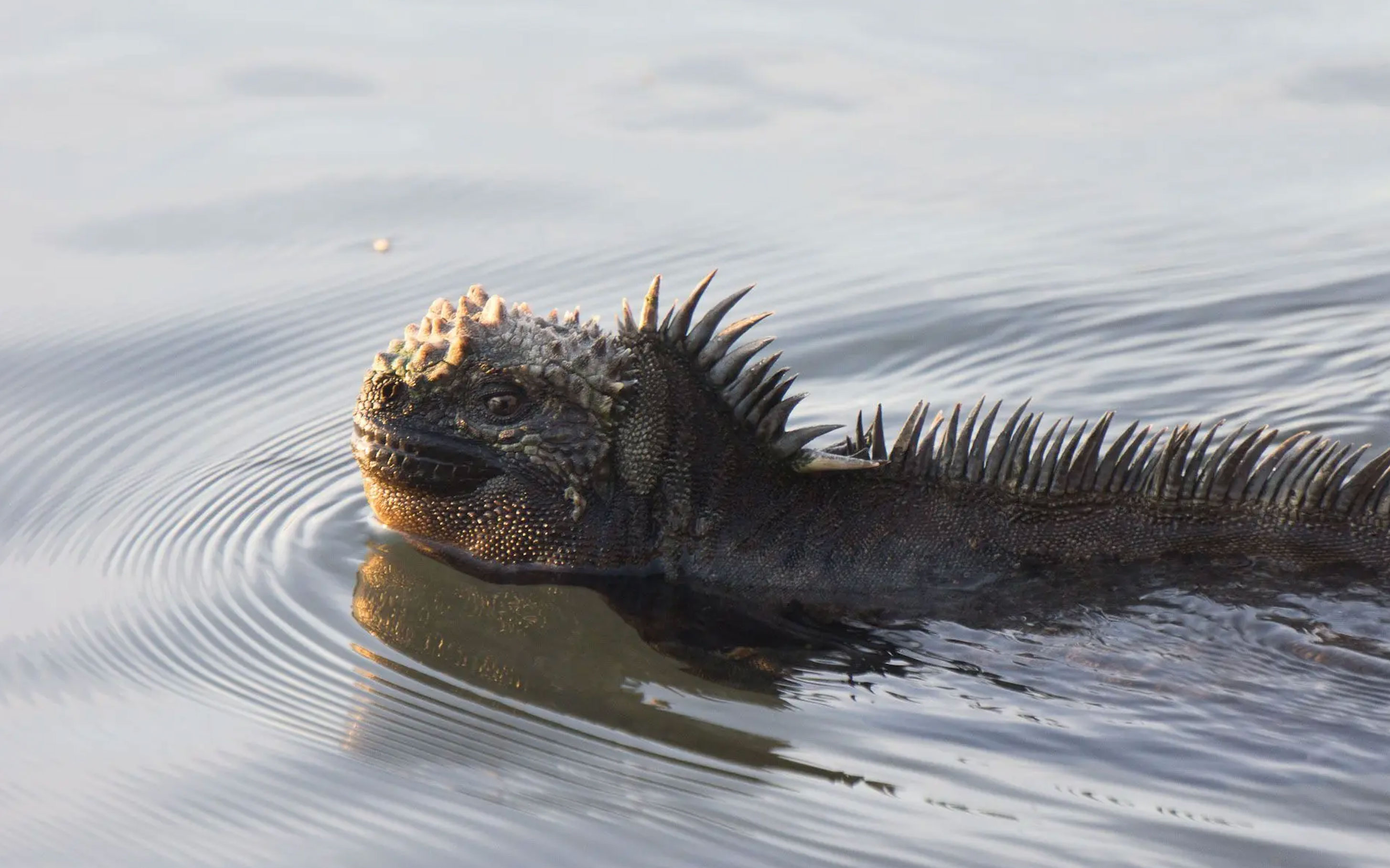
Perhaps the most impressive swimmer among iguanas is the marine iguana, found exclusively on the Galápagos Islands. This species has adapted to a life that includes regular trips into the ocean to feed on algae and seaweed. Marine iguanas can dive over 30 feet deep and spend several minutes underwater, showcasing their exceptional swimming prowess.
Pet Iguanas and Swimming Behavior
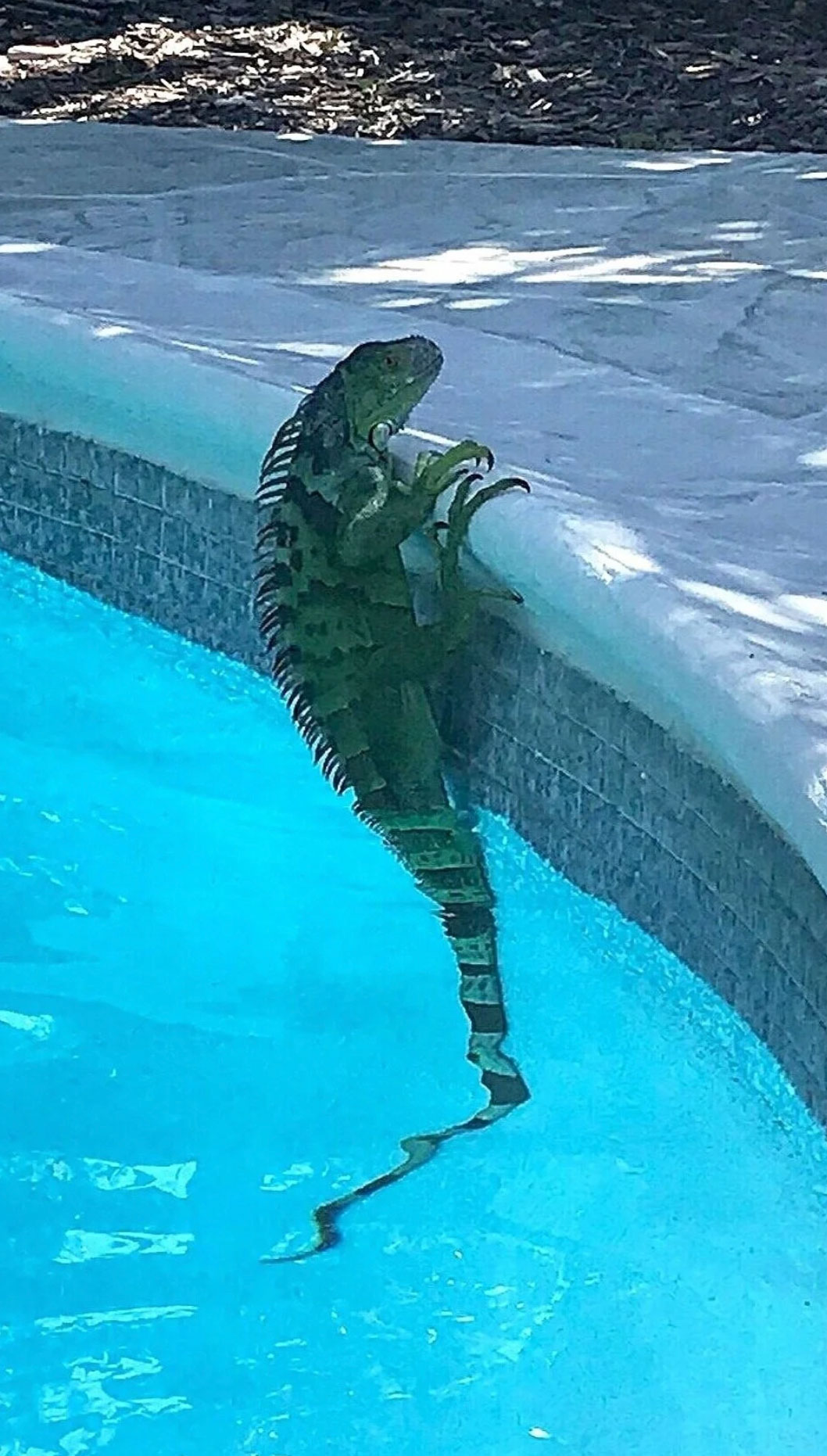
Many pet iguanas also enjoy swimming, though care must be taken to ensure that the environment is safe and clean. When kept in captivity, some iguanas benefit from occasional time in shallow water for exercise and hydration. Owners often wonder, 'Do iguanas swim comfortably in tubs or pools?' The answer is yes—with supervision and proper setup, they can swim safely at home.
Benefits of Swimming for Iguanas
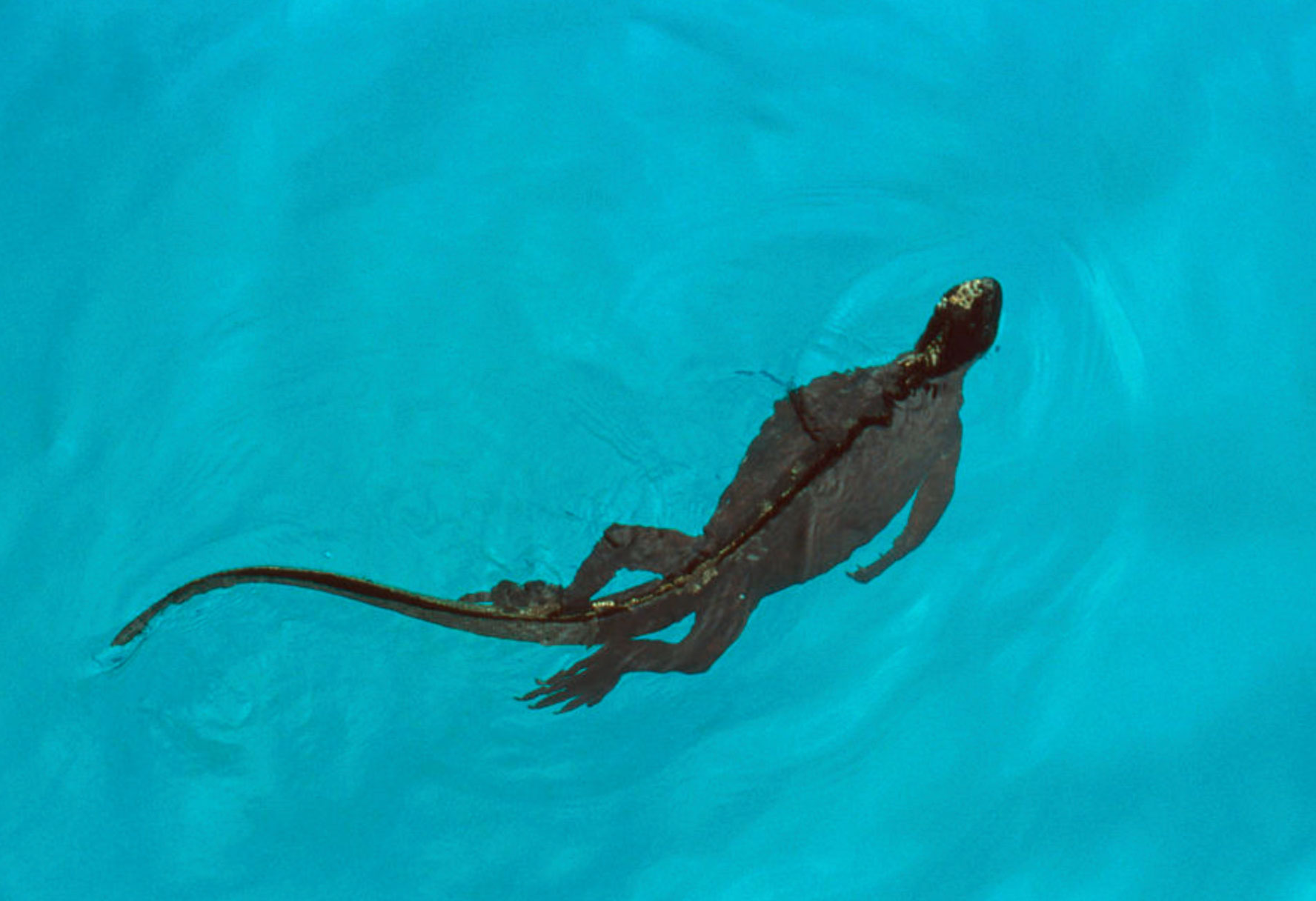
Swimming can offer numerous benefits for iguanas, including muscle development, stress relief, and skin hydration. In the wild, swimming is essential for survival, but even captive iguanas gain physical and psychological enrichment from water exposure. Including supervised swim sessions in their care routine can enhance their overall well-being.
Tips for Letting Your Iguana Swim

If you're considering letting your pet iguana swim, ensure the water is warm (around 80°F), shallow enough for standing, and free from harmful chemicals. Use a non-slippery surface and never leave your iguana unattended. Doing so creates a safe and enjoyable experience for your reptilian companion while supporting their natural aquatic abilities.
Common Misconceptions About Iguanas and Water
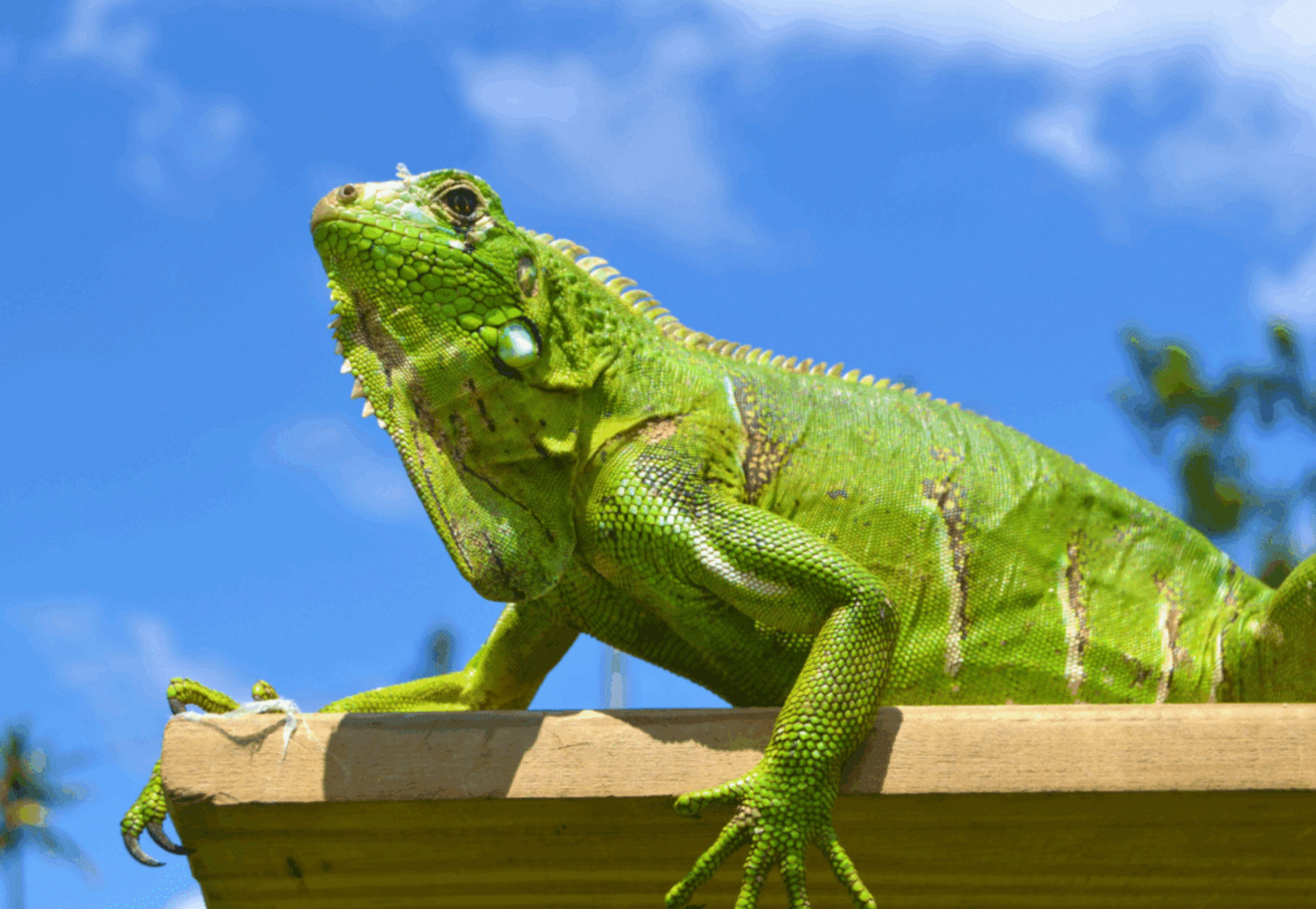
Some people believe that reptiles avoid water, but iguanas challenge that notion. While not all lizards swim, iguanas are among the exceptions. Asking 'Do iguanas swim?' reflects a general curiosity about reptilian behavior, and the truth is that many iguanas instinctively enjoy and benefit from time spent in aquatic environments.
So, do iguanas swim? Absolutely. From the agile green iguana to the ocean-diving marine iguana, these reptiles are more than capable swimmers. Their natural ability to navigate water not only helps them survive but also enhances their lives in captivity. Whether in the wild or at home, swimming reflects the impressive adaptability and evolution of iguanas as a species.

